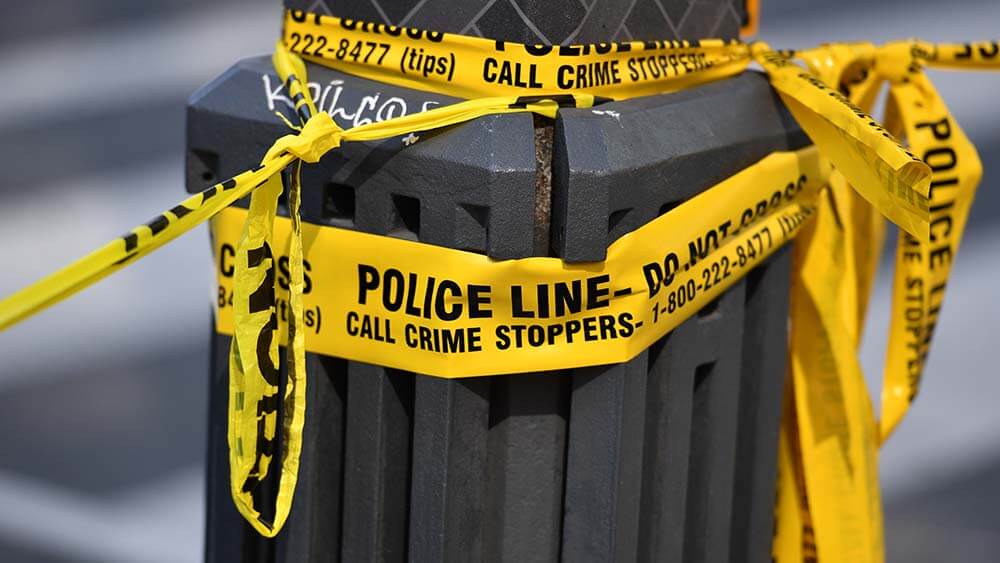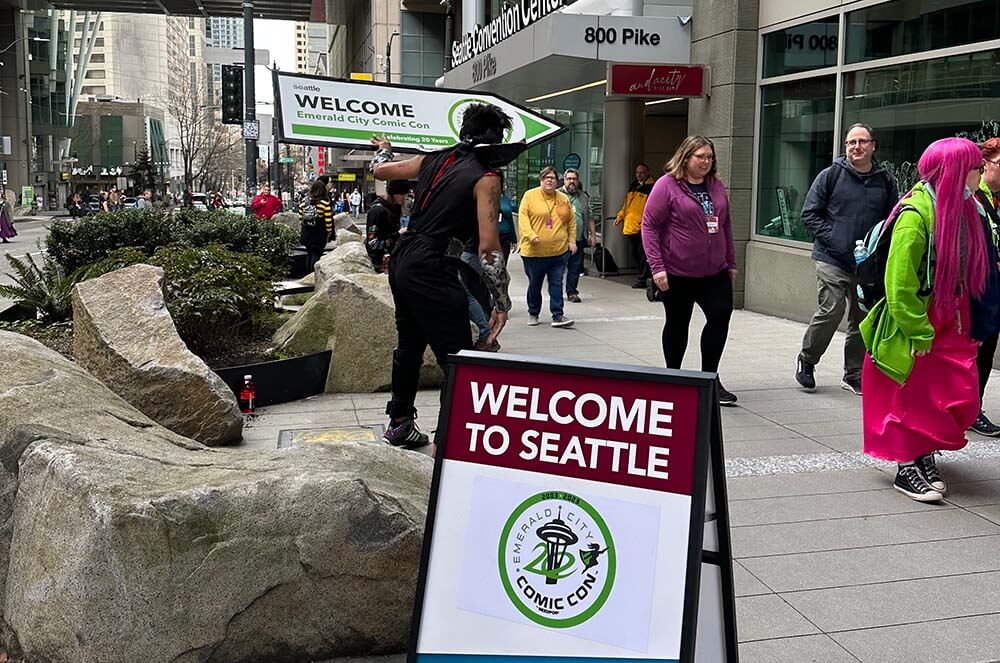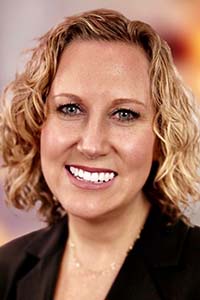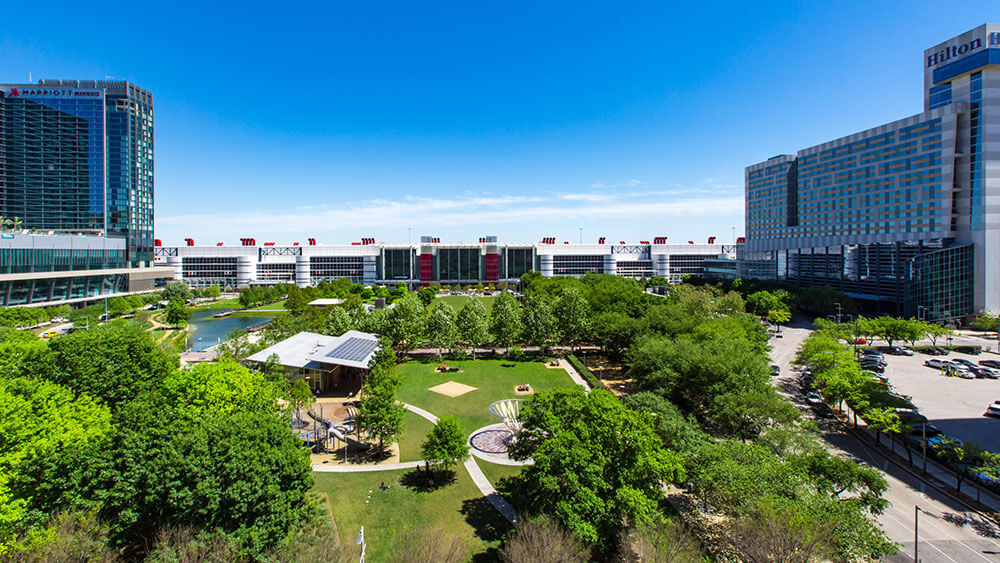
A surge in violent crime has event professionals making safety and security in meeting destinations a priority.
After falling for decades, the rate of violent crime in the United States rose sharply during the pandemic. According to a report released last summer by the Brennan Center for Justice at the New York University School of Law, the murder rate increased by more than 30 percent in U.S. cities in 2020-21, by 20 percent in suburban communities, and, in 2021, increased by 25 percent in rural America.
It’s far too early to pinpoint the reasons behind the increase, and there are signs that murder rates have begun to slow, the report said. But the data doesn’t support a narrative of an explosion of random crimes concentrated solely in America’s big cities. During the pandemic lockdowns of 2020, crime increased the most in poor communities where gun violence was already high.
Even so, for organizations that manage urban places, it’s the perception of crime “that defines the reality,” wrote the authors of a public safety report released by the International Downtown Association (IDA) in 2022. And for visitors to American cities, they added, “perceptions of unsafety persist.” Meeting professionals who are evaluating destinations are making safety a priority, said Darren Green, chief sales officer for the Los Angeles Tourism and Convention Board, who has seen the trend reflected in planners’ requests for information about safety and security in their RFIs. “Attendees need to feel safe,” Green told Convene, “and planners need security reassurance throughout every aspect of their event.”
We looked for answers to the question of how organizations like UPMOs (urban place management organizations, such as downtown business alliances) and DMOs are meeting that challenge, both in case studies in the IDA report and in conversations with DMO/convention center services and sales staff. There are no one-size-fits-all solutions, but we found that both UPMOs and DMOs are serving as a bridge for information between city services and other stakeholders in communities, and they often are the sources of innovative solutions that fill in gaps and make government public safety programs more effective.
Download “Myths and Realities: Understanding Recent Trends in Violent Crime” from the Brennan Center for Justice.
For example, Los Angeles Tourism’s Security Task Force brings police, fire, and street services departments together with downtown hotel security directors and others for a virtual call before every citywide meeting to talk about timing and to coordinate safety and security resources, Green said. With security staff in and around the convention center and the addition of on- and off-duty police officers as well as safety ambassadors from area business improvement districts, “attendees can be assured,” he said, “that their safety is being taken seriously.”
Other cities also rely on highly visible ambassadors — staff who not only welcome visitors and help keep downtown streets clean, but signal that places are well cared for, the IDA report said. The investment in public safety by business improvement districts has contributed to drops in crime in cities, according to Patrick Sharkey, a professor of sociology and public affairs at Princeton University — the greatest drops are seen in those districts that put greater resources into public safety and security.
Depending on the city, the teams, who often are equipped with radios to reach law enforcement and other services quickly, also provide a variety of other services, ranging from escorting visitors on the streets to connecting with individuals in need of social services, including mental health support and housing. One of their major benefits, the IDA report said, is a human one — to provide “a sense of presence.”

For the recent Emerald City Comic Con, Visit Seattle hired costumed sign-spinners to help direct attendees and to add to their overall experience in the city. (Courtesy Visit Seattle)
‘Let’s make it feel good’
Last fall, Visit Seattle was working with a “risk averse” corporate group who was preparing to meet in person for the first time since the pandemic began, said Kelly Saling, senior vice president and chief sales officer for Visit Seattle. To prepare, the Visit Seattle team conducted security meetings with hotels, created custom maps of walking routes for participants, and asked local police and Seattle’s downtown ambassadors to increase their presence along the routes at certain critical times.

Kelly Saling
But they also wanted to offer something more experiential, said Saling. “Across the board, downtowns are perceived as being unsafe — some of that might be true, and some of that might be fear or be exaggerated. We wanted to help with that,” she said. “We thought, ‘Let’s make it feel good when you walk outside.’”
The city is celebrated as a music capital, so Visit Seattle contracted with a local company to hire street musicians to perform on routes that conference attendees would travel. They also added lighting to the route; together, the music and the lights let conference participants know they were on the right path, Saling said. “You listen to a tune on the way in — you just open your heart a little bit. And that’s what we want to accomplish.”
Visit Seattle has continued to hire street performers to enliven the city streets around the convention center and downtown hotels and has begun adding custom human touches for recent conferences. During a scientific conference held recently at Summit, Seattle Convention Center’s new addition, Visit Seattle hired actors to dress up in lab coats to give attendees friendly directions to the newly opened building. And during Emerald City Comic Con in March, the organization hired costumed sign spinners who danced and did tricks with directional and welcome signs to playfully help move people between two buildings. “It’s silly,” Saling said, “but the point is to have it feel like a better experience.”
And likely more than silly: One of the theories offered in the Brennan Center report is that crime increased sharply during the pandemic in part because it disrupted social ties — social cohesion is one of the factors that researchers think helps keep neighborhoods safe. Human connections help build healthy, resilient communities, the report said, and is “critical to building safety in the long term.”

A security operations center within Houston’s George R. Brown Convention Center (GRB) is the security hub for the convention center as well as the adjacent Discovery Green park and other nearby venues and properties.
An Inside Job
In Houston, where the George R. Brown Convention Center (GRB) is owned by the City of Houston, a new security operations center staffed by Houston police and other public safety personnel opened last year in convention center space that once held a FedEx office, said John Solis, senior vice president of client services at Visit Houston.
The security operations center is a hub for not just convention center security, but the adjacent 13-acre Discovery Green park, the nearby Hilton Americas-Houston hotel, performing arts venues, and parking garages — in all, a total of 14 downtown venues and properties. The operations center is outfitted with advanced safety technology, including drones and sensors that can measure traffic patterns and the movements of individuals and crowds, Solis said. The sensors can detect the sounds of aggressive behavior, including glass breaking or car alarms, Solis added, and when warranted, send requests for assistance directly to fire or medical services responders.
The center is in the heart of the building, making it easy for convention center staff to brief the security operation center staff on event timing and logistics, Solis said. “We’re all one.”
Barbara Palmer is deputy editor of Convene.
